Micro Bully vs Pocket Bully: Understanding the Differences
There are many types of American Bullies, making it difficult to tell them apart. There are two popular types that create confusion known as the Micro Bully and the Pocket Bully. Now in this article, we will discuss the similarities and differences between Micro Bully vs Pocket Bully breeds. This includes their lineage, physical features, mentality, exercise requirements, health problems, and grooming needs.
Breed Origins and Lineage
The American Bully breed originated in the United States in the 1980s and was officially recognized by the American Bully Kennel Club (AKBC) in 2004. These dogs were developed by selectively breeding American Pit Bull Terriers with other Bulldog breeds, such as the American Staffordshire Terrier, English Bulldog, and Staffordshire Bull Terrier.
The Pocket Bully, on the other hand, was created by crossing an American Bully with a Patterdale Terrier. This intentional breeding aimed to produce a smaller version of the American Bully without sacrificing its characteristic muscular build.
Micro Bullies, also known as Exotic Bullies, can have various lineages. They often result from breeding a Patterdale Terrier with other Bully breeds, such as the French Bulldog or Olde English Bulldogge. Another method of producing Micro Bullies is by selectively breeding the two smallest dogs in a litter, commonly known as the runts.
It is important to note that due to the lack of recognition of the American Bully breed by some authorities, there are unscrupulous breeders who engage in questionable breeding practices, resulting in questionable pedigrees and health issues. Therefore, it is crucial to carefully research and choose a reputable breeder when considering a Micro or Pocket Bully.
Physical Features and Size
Both the Micro Bully and Pocket Bully exhibit the muscular build that is characteristic of the American Bully breed. However, there are distinct differences in their physical appearance.
Micro Bully:
- Height: The Micro Bully typically stands between 8 to 10 inches tall.
- Weight: They usually weigh between 20 to 40 pounds.
- Head: The Micro Bully has a smaller head with a diameter ratio of 50% or less of its shoulder height.
- Eyes: Their eyes are set wide apart and have a more almond shape.
- Ears: The ears are set high on the head and are usually left natural.
- Tail: Micro Bullies have short natural tails.
- Coat: They have a smooth, short to medium-length coat.
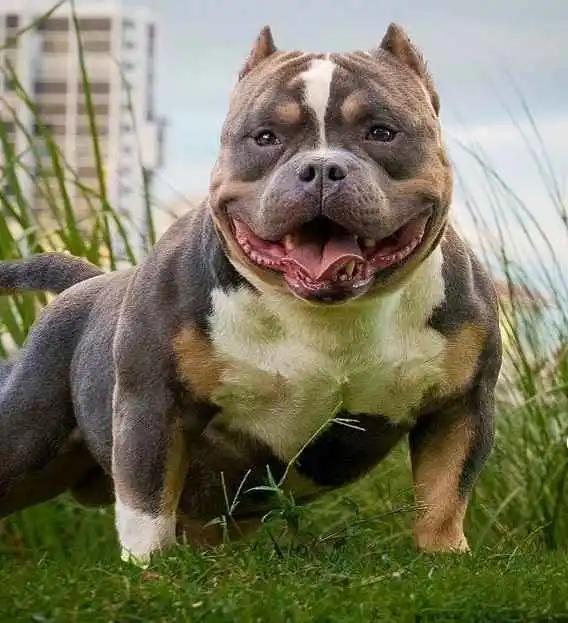
Pocket Bully:
- Height: The Pocket Bully is slightly larger, standing between 10 to 13 inches tall.
- Weight: They typically weigh between 30 to 50 pounds.
- Head: The Pocket Bully has a larger head with a diameter ratio of 60% or more of its shoulder height.
- Eyes: Their eyes are set wide apart and are usually round.
- Ears: The ears are set high on the head and are often cropped.
- Tail: Pocket Bullies have a medium to long tail, which is usually docked.
- Coat: They have a smooth and short coat.
In terms of size, the Pocket Bully is larger than the Micro Bully. It is essential to consider the size that best fits your lifestyle and living situation when choosing between these two breeds.
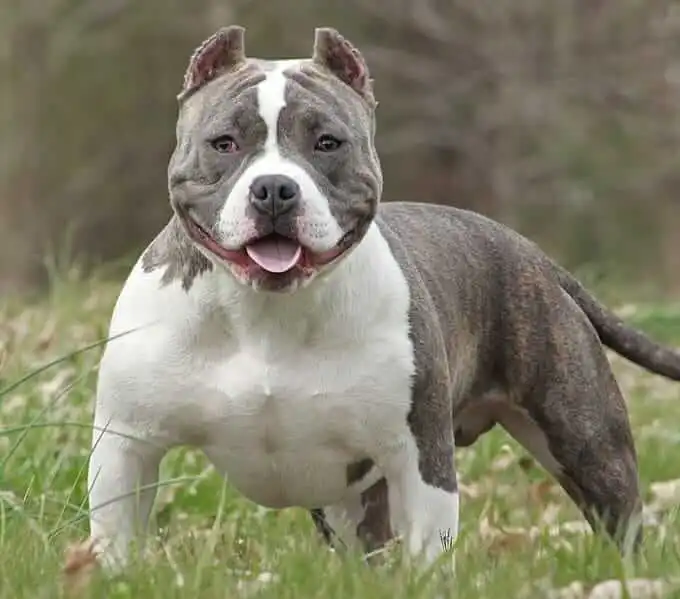
Temperament and Training
Both the Micro Bully and Pocket Bully share similar temperaments that make them excellent family pets. They are known for being friendly, affectionate, and easy to train. However, there are some differences in their energy levels and trainability.
Micro Bully:
- Energy Level: Micro Bullies tend to be more energetic and playful. They have a higher activity level and require regular exercise to keep them mentally and physically stimulated.
- Trainability: Due to their playful and energetic nature, micro-bullies can sometimes have difficulty concentrating during training. However, with consistent and positive reinforcement training methods, they can learn new tricks and commands.
Pocket Bully:
- Energy Level: Pocket Bullies have a more relaxed and calm demeanor. They are generally less energetic than Micro Bullies and are content with shorter, less strenuous activities.
- Trainability: Pocket Bullies are known for their ease of training. Their calmer nature allows them to focus better during training sessions, making them easier to train than their more energetic counterparts.
Regardless of the breed, positive reinforcement training methods should be used consistently to ensure effective training and a well-behaved dog.
Exercise Requirements
Both the Micro Bully and Pocket Bully have moderate exercise needs. Regular exercise is essential for their physical and mental well-being. However, the level of exercise required may differ slightly between the two breeds.
Micro Bully:
- Exercise Needs: Micro Bullies have a higher energy level and require more physical activity to burn off their energy. Daily walks, play sessions, and interactive toys are recommended to keep them engaged and prevent boredom.
- Mental Stimulation: Providing mental stimulation through puzzle toys, obedience training, and interactive games is beneficial for Micro Bullies to keep their minds active.

Pocket Bully:
- Exercise Needs: Pocket Bullies have a lower energy level compared to Micro Bullies. They still require regular exercise, but shorter walks and less intense play sessions may be sufficient to meet their exercise needs.
- Mental Stimulation: Engaging Pocket Bullies in mentally stimulating activities, such as obedience training and interactive toys, will help keep their minds sharp and prevent boredom.
It is essential to tailor the exercise routine to each individual dog’s energy level and fitness level. Consulting with a veterinarian or professional dog trainer can provide guidance on the appropriate exercise regimen for your Bully.
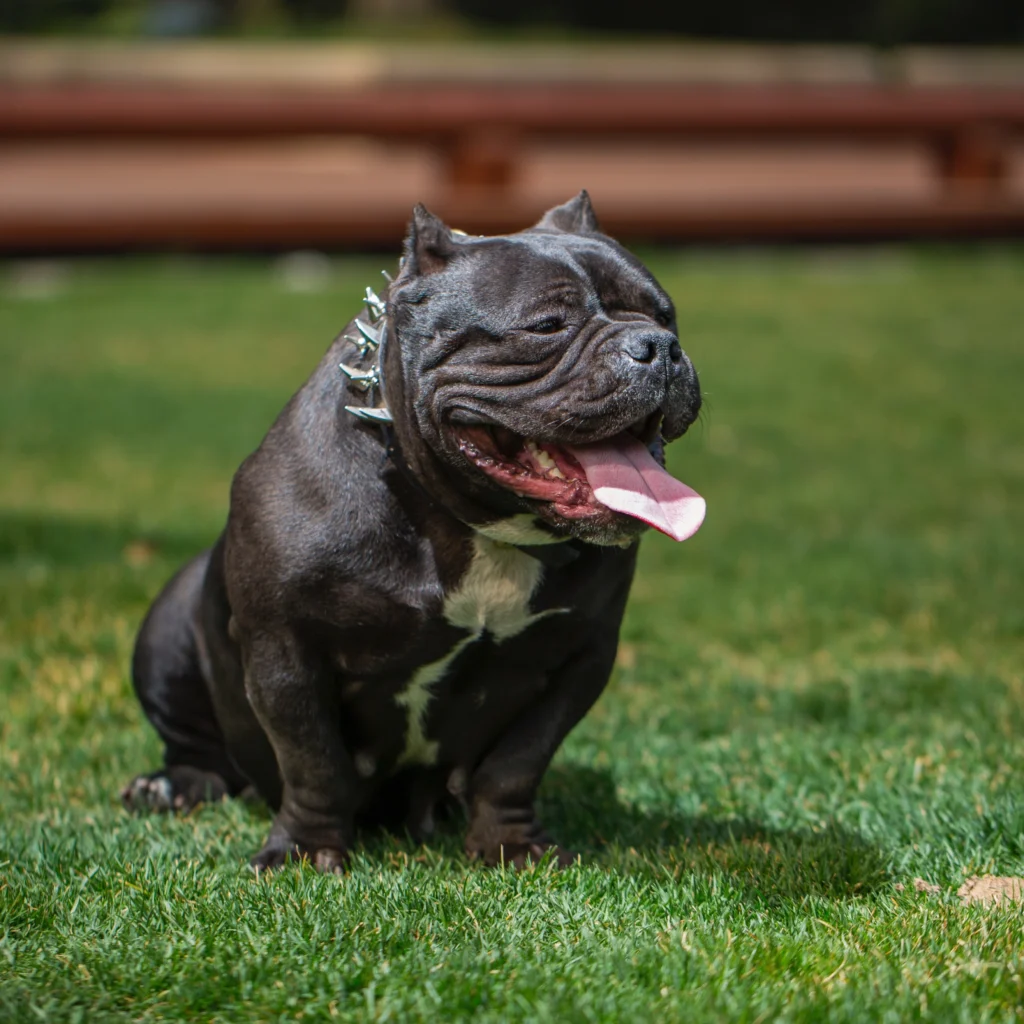
Health Concerns
As with any dog breed, both the Micro Bully and Pocket Bully are prone to certain health issues. It is crucial to be aware of these potential health concerns and take proactive measures to maintain their well-being.
Common Health Issues in American Bullies:
- Demodectic Mange: A skin condition caused by mites that can lead to hair loss, redness, and itchiness.
- Cherry Eye: A condition affecting the tear gland in the third eyelid, resulting in a prolapsed gland and inflammation.
- Hip and Elbow Dysplasia: Abnormalities in the hip and elbow joints that can cause pain, lameness, and difficulty moving.
- Heart Murmur: An abnormal heart sound that can be benign or indicate an underlying heart condition.
- Brachycephalic Obstructive Airway Syndrome (BOAS): Breathing difficulties caused by narrow nostrils and an elongated soft palate.
- Dental Problems: Dental issues, such as tartar buildup and gum disease, are common in American Bullies.
- Luxating Patella: A condition in which the kneecap dislocates from its normal position, causing lameness and pain.
- Obesity: American Bullies are prone to obesity if not given a balanced diet and regular exercise.
- Arrhythmia: Abnormal heart rhythm that can be caused by various factors, including heart disease.
- Cancer: Certain types of cancer, such as lymphoma and bone cancer, can affect American Bullies.
Regular veterinary check-ups, a balanced diet, regular exercise, and proper grooming can help mitigate the risk of these health issues. It is essential to choose a reputable breeder who conducts health screenings on their breeding dogs to reduce the likelihood of inherited health problems.
Grooming and Maintenance
Both the Micro Bully and Pocket Bully have short, smooth coats that are relatively easy to maintain. Regular grooming practices are necessary to keep their coats healthy and their skin in good condition.
Grooming Tips for American Bullies:
- Bathing: American Bullies do not require frequent baths unless they have specific skin issues or odors. Regular bathing with a dog-safe shampoo is sufficient to keep their coat clean and healthy.
- Brushing: Weekly brushing helps remove loose hair and prevents matting. It also stimulates the skin and distributes natural oils for a shiny coat.
- Nail Trimming: Regular nail trims every few weeks prevent overgrowth and discomfort while walking.
- Ear Cleaning: Weekly ear cleaning with a veterinarian-recommended ear cleaner helps prevent ear infections and maintains good ear health.
- Dental Care: Regular teeth brushing with a dog-friendly toothbrush and toothpaste is essential to prevent dental issues. Professional dental cleanings may be necessary depending on the individual dog’s oral health.
- Anal Gland Expression: The anal glands of American Bullies may require regular expression to prevent discomfort and potential anal gland issues. This can be done by a professional groomer or a veterinarian.
Proper grooming practices contribute to the overall health and well-being of your American Bully. It is important to establish a grooming routine early on and make it a positive experience for your dog.
Choosing the Right Bully for You
When considering a Micro Bully or Pocket Bully, it is crucial to evaluate your lifestyle, living situation, and preferences to determine which breed is the best fit for you. Here are some factors to consider:
- Energy Level: If you prefer an active, playful dog and have the time and energy to provide regular exercise, a Micro Bully may be a good choice. If you are looking for a more relaxed and low-energy companion, a Pocket Bully may be a better fit.
- Size: Consider the size that is suitable for your living situation and available space. Micro Bullies are smaller, making them more suitable for apartments or smaller homes, while Pocket Bullies are slightly larger.
- Trainability: If ease of training is a priority, the Pocket Bully may be a better choice due to its calmer demeanor. However, with consistent training and positive reinforcement, both breeds can be trained effectively.
- Health Considerations: Be prepared to address any potential health issues that may arise in American Bullies. Regular vet check-ups, a balanced diet, and proactive care can help mitigate health risks.
- Grooming Needs: Consider the grooming requirements of each breed and your ability to provide the necessary care. Both Micro and Pocket Bullies have relatively low-maintenance coats, but they still require regular grooming.
Ultimately, the best choice between a Micro Bully and a Pocket Bully depends on your lifestyle, preferences, and ability to meet the specific needs of each breed.
Conclusion
In summary, the Micro Bully and Pocket Bully are two popular types of American Bullies that share many similarities but also have distinct differences. Understanding these differences in lineage, physical features, temperament, exercise requirements, health concerns, and grooming needs is essential when considering these breeds as pets. By making an informed decision and providing proper care, you can enjoy a loving and loyal companion in either a Micro Bully or a Pocket Bully.
Remember to choose a reputable breeder, prioritize regular veterinary care, and invest time and effort into training, exercise, and grooming to ensure the health and happiness of your American Bully. With the right care and attention, you can have a fulfilling and rewarding relationship with your chosen Bully breed.
Additional Information: It is important to note that while these articles provide a general overview of the Micro Bully and Pocket Bully breeds, individual dogs may vary in their characteristics and temperament. It is essential to spend time with the specific dog you are considering to assess their compatibility with your lifestyle and family.

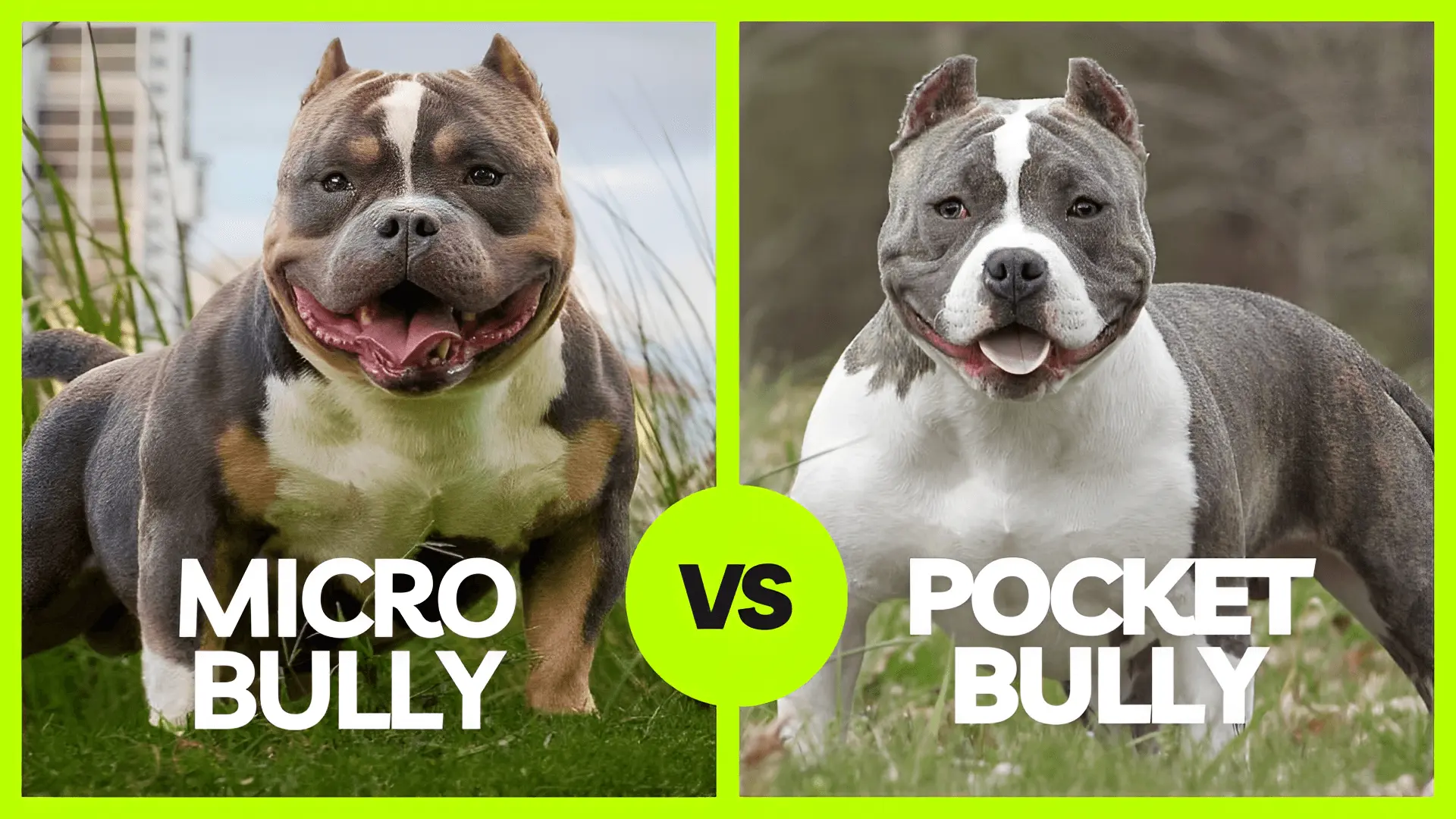
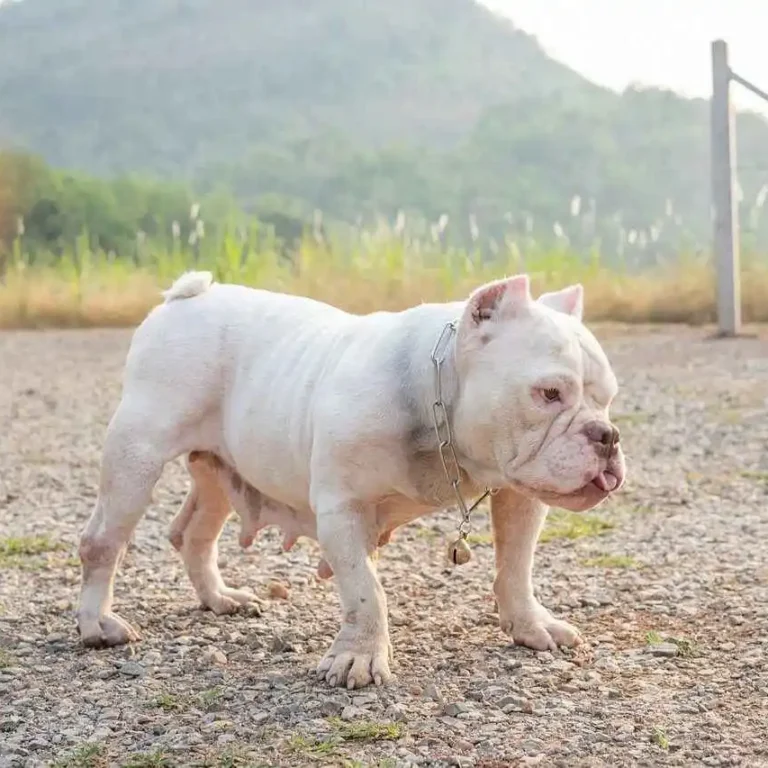


“I have a microbully dog, and it’s an amazing companion. I love my dog to much.